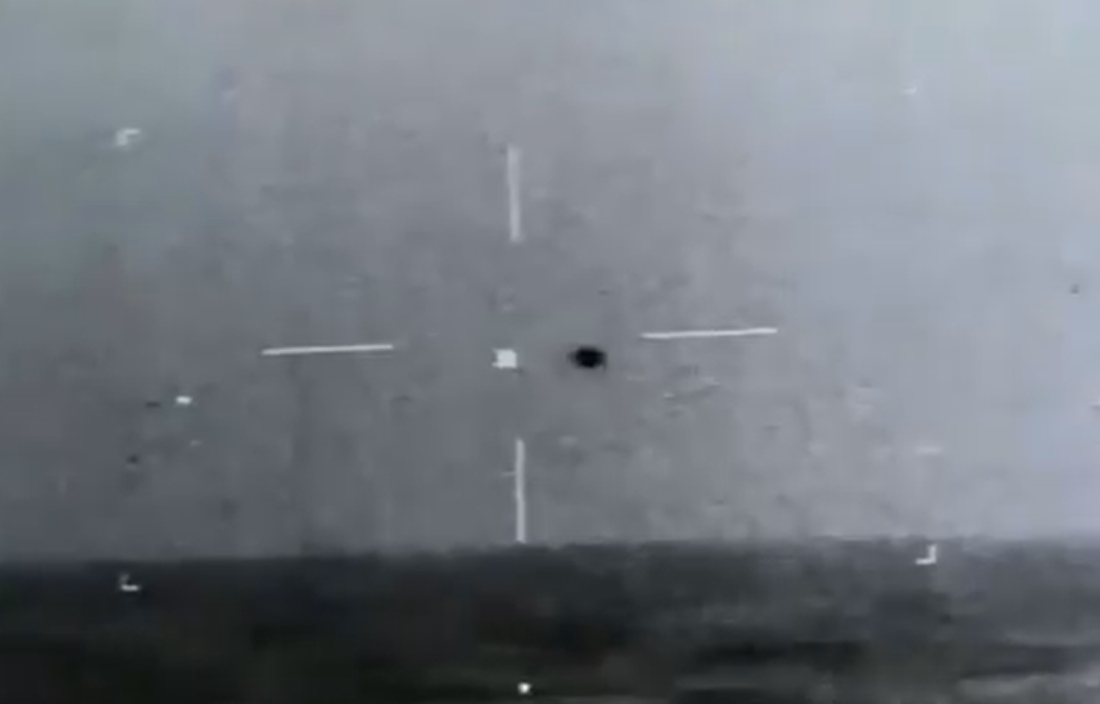
Advertisement
The presence of oxygen in the atmosphere of a planet might no longer be considered a reliable indicator of the potential presence of organic life. Researchers recently demonstrated that they could create oxygen and organic compounds in models of planetary atmospheres without resorting to the chemical processes that give rise to life on Earth.
Thousands of exoplanets have been found during the last few decades. A good number of these worlds were rocky planets like Earth. Some were even close enough to our home world in terms of size and mass.
Other planets showed signs of having thick atmospheres. And still others occupied the inhabitable region of space around their star, the “Goldilocks zone” where water maintained its liquid form.
Whenever a new planet is announced, its capacity to support life was one of the first things to be discussed. Sometimes, the life in question was human, in the hope that we could one day reach that world and find a second home for humankind.
More often than not, it was alien. Even simple bacteria could prove that we were not alone in this universe. (Related: Geological curiosity: Mars “blueberries” reveal what ancient Mars may have looked like.)
Stop getting your hopes up about a planet that has oxygen
Researchers used Earth as a convenient model of reference for life-bearing worlds. One of the most notable traits of our planet was the very high concentration of oxygen, much of which is produced by living organisms through the chemical reaction of photosynthesis.

Understandably, researchers associated the presence of oxygen with life. Any exoplanet that displayed the slightest hint of oxygen in the air was quickly considered a favorite for hosting alien life.
However, there were many different sources of energy in outer space that can trigger chemical reactions. It was believed that some of these reactions could produce oxygen and other products that are usually considered to be signs of life.
In a study supported by the John Hopkins University (JHU), researchers replicated the mixtures of gases that are likely to make up the atmospheres of super-Earth and Neptune-like exoplanets. These two planetary types comprised the majority of exoplanets in the Milky Way galaxy.
Each mixture was heated until it matched the temperature measured on the associated exoplanet. It was then fed into a special chamber, where it was exposed to either ultraviolet light or plasma from a glow discharge.
Oxygen and organic molecules can be produced by non-organic sources
Both UV light and plasma were similar to certain energies that activated chemical reactions in the atmosphere of a planet. Ultraviolet light provided the impetus for reactions inside the atmosphere of Earth and other planets.
Plasma was a more powerful source of energy for chemical reactions. It represented energetic particles, lightning, and other electrical activities. Neither plasma nor UV light were produced in large quantities by organic lifeforms.
Each exposure period lasted for three days. This was believed to be the same amount of time that cosmic energy sources could interact with the atmospheres of exoplanets.
Based on their findings, the researchers identified several combinations of gases and energy that created both oxygen and organic molecules. The latter included hydrogen cyanide and formaldehyde.
Organic molecules could combine together and form amino acids. In turn, these natural acids served as the building blocks of organic life.
“People used to suggest that oxygen and organics being present together indicates life, but we produced them abiotically in multiple simulations,” stated JHU lead researcher Chao He in a press release. “This suggests that even the co-presence of commonly accepted biosignatures could be a false positive for life.”
Sources include:
Submit a correction >>
This article may contain statements that reflect the opinion of the author
Advertisement
Advertisements
















